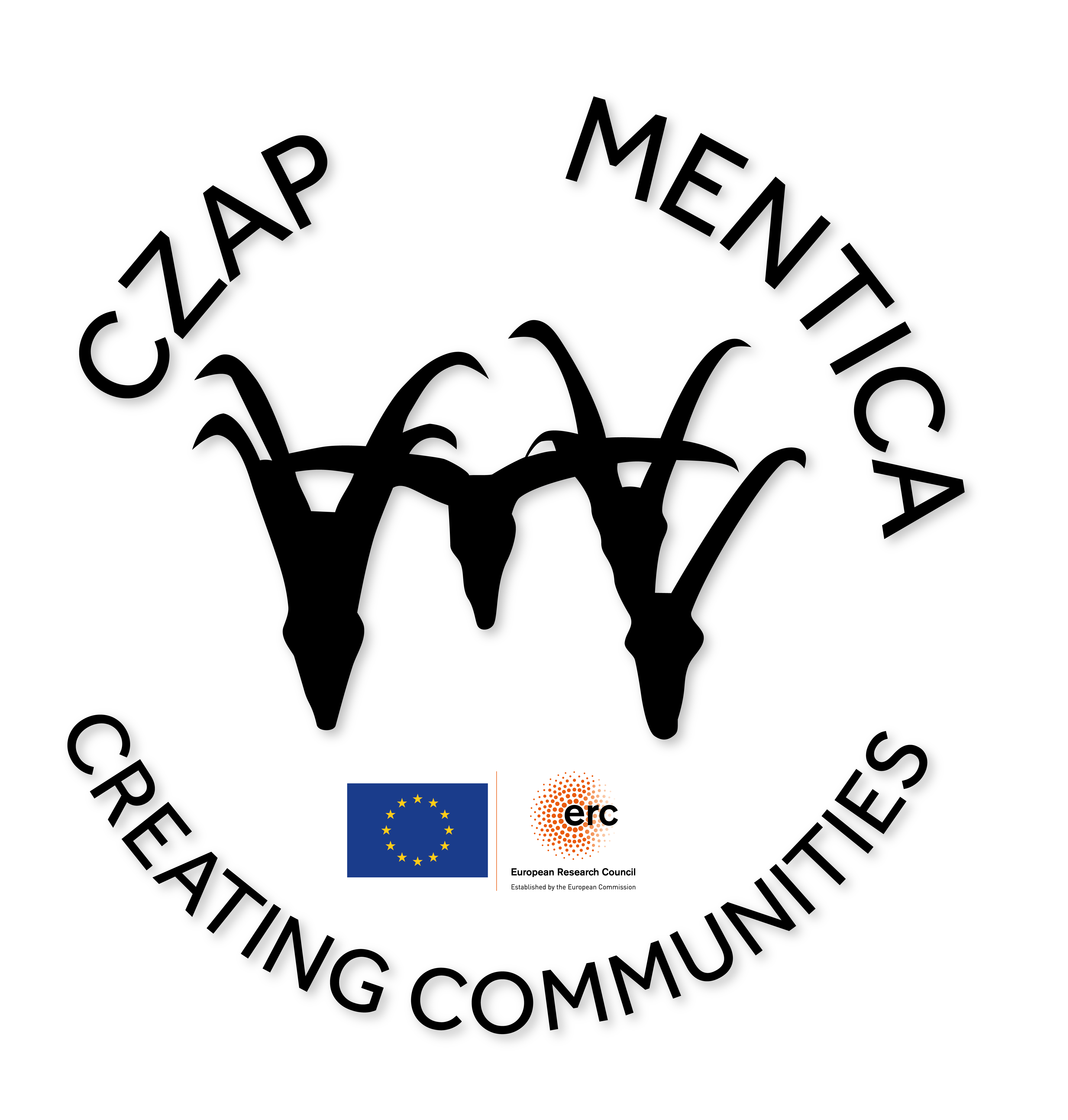The aim of this project is to generate community-scale, inter-disciplinary insights into the Early Neolithic transition, through analysis of contextualised data from excavations at three archaeological sites in the eastern Fertile Crescent (EFC) of western Iran and eastern Iraq, a core area of early transition to farming-herding. The prime research question is: how did EP-EN human communities negotiate disruption in their transition from mobile hunting and foraging to sedentary farming and herding?
The project research objectives are: (1) to conduct state-of-the-art investigation at one Epi-Palaeolithic and two Early Neolithic sites in the EFC to generate multi-scalar, contextual evidence for investigation of the aims and objectives of Work Packages (WP) 1-6; (2) to examine ecological and socio-cultural aspects of the EP-EN transition, for inter-disciplinary insights into changing human-animal-plant-environment interrelations, at household, intra- and inter-community scales; (3) to analyse the results of WP1-6 in multi-scalar investigations of community networks, collective identities and resilience strategies; (4) to investigate the global significance of the EFC as a core zone, informing on societal engagement with disruptive changes, with significance for understanding challenges of today, including interconnections between environmental and social change.
The ground-breaking nature of this project lies in three major contributions to scientific understanding of the Early Neolithic transition. (1) The research will comprise the first extensive archaeological investigation of EP-EN sites in the EFC, to provide the scale needed to examine issues of collective identity and networks. (2) Investigations at the Early Neolithic sites in this project, Sheikh-e Abad in Iran and Bestansur in Iraq, will enable us to examine the entire Early Neolithic period, 10,000 to 7000 BCE. No previous excavation project has investigated the 3000-year span of the Early Neolithic transition, essential for understanding diachronic aspects of plant and animal management, and the development of sedentism, craft technologies, burial practices and collective identities. (3) The location of the project sites, Sheikh-e Abad in the high Zagros and Zarzi and Bestansur in the Zagros foothills, enables comparative analysis of a suite of ecological zones, from the Iranian highlands to the edge of the Mesopotamian plains, and investigation of local responses to and impacts on environmental and climatic change.

